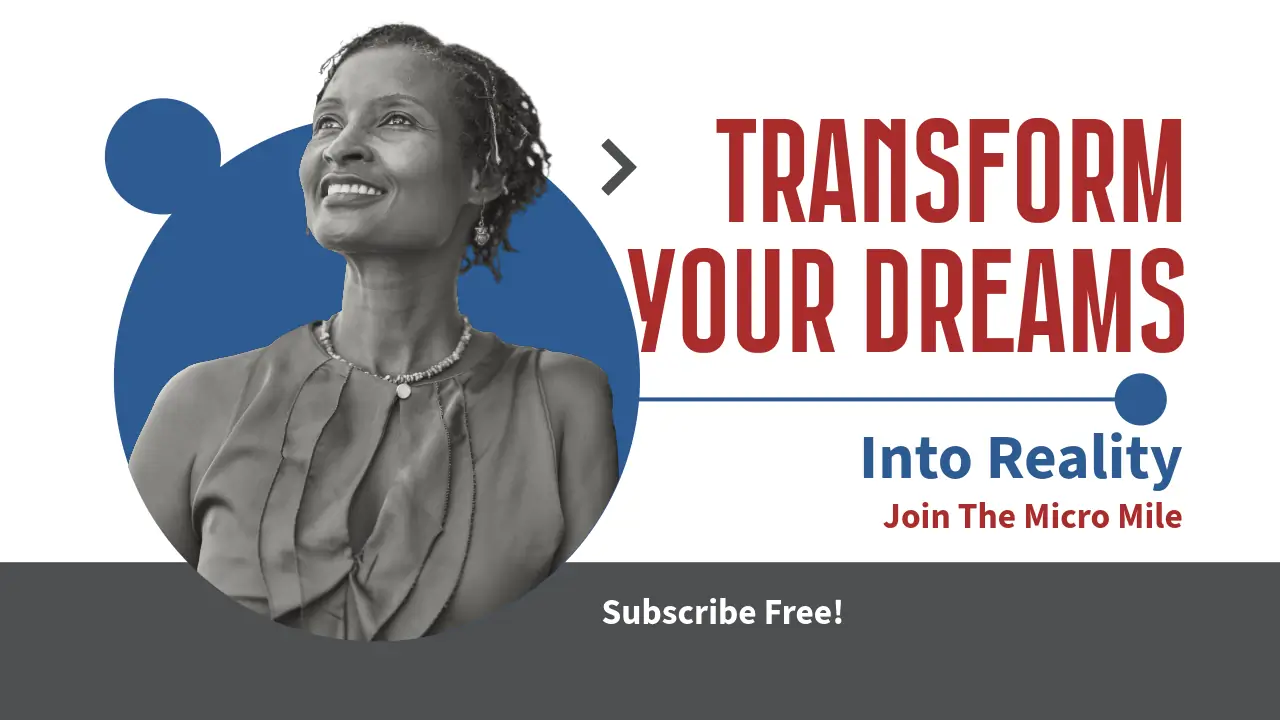Inspiration Through Authentic Storytelling
Understanding Your Audience
When it comes to crafting a narrative that inspires, one of the first things I learned is the importance of knowing your audience. Who are they? What do they care about? By diving deep into their world, I found common fears, interests, and dreams. The more I engaged with my audience, the clearer my messaging became.
Utilizing social media platforms and forums, I started gathering insights from discussions. This allowed me to tailor my narrative to resonate with my audience’s lived experiences. After all, telling a compelling story means making sure that your audience sees themselves in your story.
Empathy plays a vital role here. By using real people and their stories in my narrative, I’ve made connections that go beyond mere words on a screen. It’s about building trust and understanding, and that’s what inspires people to take action.
Creating Emotional Connections
Next up is emotion. The stories that resonate are the ones that elicit feelings. I’ve discovered that when I share my own vulnerabilities and struggles, my audience connects with me on a deeper level. This practice isn’t just about sharing successes, but also about unveiling the hiccups along the way.
For instance, when I talked about my journey through failures, it made my narrative raw and real. People appreciate honesty and authenticity, which foster strong emotional bonds. When people feel something, they’re more likely to engage, whether that means sharing or commenting on my posts.
Remember, I always weave in a sense of hope. Inspiration paired with a story of overcoming obstacles creates a powerful narrative. Leave your audience feeling empowered, as if they are part of your journey—not just an outside observer.
Utilizing Vivid Imagery
As I built my online narrative, I’ve learned the art of using vivid imagery to elevate my storytelling. It adds an engaging layer that captures attention. By painting clear pictures with words, I help my audience visualize the emotions and scenarios I’m sharing.
Incorporating metaphors and similes not only beautifies the language but also makes complex ideas more digestible. For example, comparing my entrepreneurial journey to sailing through stormy seas instantly made my narrative relatable and thrilling.
Ultimately, the goal is to draw your audience into your world. The more they can see what you see, feel what you feel, the more likely they’ll share in your narrative and, consequently, be inspired.
Challenges as Growth Opportunities
Reframing Obstacles
One thing I’ve learned over time is that every challenge can be seen as an opportunity for growth. It’s all about perspective. In my own life, there were moments when I faced harsh criticism or failed projects. Instead of feeling defeated, I learned to reframe these challenges as stepping stones.
I share these moments with my audience, not just as cautionary tales but as pivotal moments that pushed me to innovate and adapt. Transparency around challenges fosters a culture where others feel encouraged to tackle their own obstacles.
This mindset has fueled both my personal growth and my narrative. Your audience will resonate with the underlying message that failure is just a detour on the path to success.
Building Resilience
Crafting a narrative about challenges isn’t just about the hard parts; it’s also about showing resilience. I’ve often highlighted the grit and tenacity that I needed to get through tough times. Sharing stories about perseverance has become a hallmark of my messaging.
Every setback was a lesson, and I articulate that journey in a way that reflects not only the struggle but also the triumph that followed. My audience appreciates seeing that light at the end of the tunnel and understanding that they too can struggle and succeed.
As I empower others to build their own resilience through my experiences, I simultaneously strengthen my narrative. It’s a beautiful exchange of motivation and encouragement that uplifts both me and my audience.
Fostering Community
Creating a narrative that highlights challenges naturally brings people together. By sharing my journey, I invite others to contribute their experiences. This builds a sense of community, as everyone can relate to struggles in their own form.
Establishing forums or groups where individuals can share their challenges has been transformational. It’s given rise to conversations filled with support and motivation. I encourage my audience to share their stories, creating a tapestry of narratives that amplifies my own.
This sense of belonging not only empowers individuals but also solidifies my narrative’s message; together, we can overcome challenges and emerge victorious.
Empowerment Through Knowledge Sharing
Providing Valuable Resources
One major aspect of an empowering narrative is the sharing of knowledge. Throughout my personal journey, I’ve accumulated experiences, tips, and strategies that have been helpful. I started compiling these into accessible resources for my audience.
Whether through blogs, webinars, or downloadable guides, providing valuable information fosters trust and positions me as a resource. I’ve seen firsthand how sharing knowledge can ignite others’ potential, leading them to take actionable steps in their own lives.
When people realize they have resources at their fingertips, they gain a sense of empowerment. My narrative becomes not just about me, but a tool for helping others achieve their goals.
Encouraging Action
Another essential part of empowering my audience is encouraging them to take action. I always finish my messages with clear calls-to-action. Whether it’s trying a new skill, attending an event, or simply reflecting on their experiences, I guide them towards taking the next step.
By breaking down actions into tangible steps, I demystify the process of change. For instance, instead of saying “Be brave,” I articulate what actionable bravery looks like in daily life. This empowers individuals to not just dream but actively pursue their aspirations.
Seeing my audience take initiative and make changes is one of the most rewarding experiences as a storyteller. It reaffirms that crafting an empowering narrative isn’t just about words, but about driving meaningful actions.
Celebrating Success
A significant part of my journey of empowerment includes celebrating success, not just mine but also from my audience. I share stories of those who have taken the steps I suggested and have seen amazing results. This practice not only builds credibility but also creates inspiration within the community.
Recognizing achievements—big or small—embeds a culture of positivity and motivation. I love featuring these successes in my narrative, creating a ripple effect that encourages others to strive for their own recognition.
Ultimately, celebrating success is about reinforcing the belief that everyone can achieve their personal victories, which solidifies the essence of empowerment in my narrative.
Related Content
- Reimagine Your Future Through an Innovative Blogging Journey
- Unlocking the Secrets to Successful Blogging for Beginners
- Begin Your Digital Journey With a Blog That Celebrates Innovation
- 10 Powerful Best Free WordPress Blog Themes for 2025 Users
- Step Into the World of Digital Creativity With a Blog That Transforms



